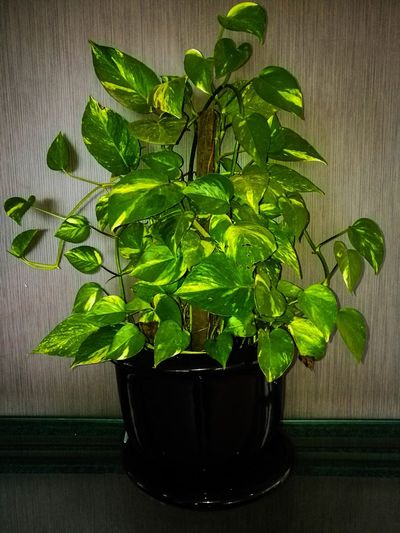Transpiration of Houseplants
When the air is relatively dry, a plant acts almost like a straw. Dry air creates a “pull” that brings water from the soil into the roots, through the stems, and up to the leaves. From the leaves, the water evaporates into the air through pores called stomata. This process is called transpiration. Growing plants use transpiration to maintain a constant movement of water through the plant. Transpiration delivers water and associated nutrients up to the leaves, and it helps the plant cool down too.
Plants That Add Humidity to Home
So, what plants humidify the air? Nearly all plants add some humidity, but some are much better humidifiers than others. In general, plants with large, broad leaves (like many rainforest plants) provide a greater humidifying effect than those with needle-shaped or small, rounded leaves (like cacti and succulents). Large leaves allow plants to absorb more light and carbon dioxide for photosynthesis, but they also allow more water loss to the atmosphere. Therefore, desert plants typically have small leaves with minimal surface area to conserve water. Plants in rainforests and other environments where water is abundant, but light can be scarce, are typically large. We can take advantage of this pattern to humidify our houses using rainforest plants and other large-leaved plants. Houseplants that increase humidity include:
Dracaena Philodendron Peace lily Areca palm Bamboo palm
For more ideas, look for tropical plants with large leaves, such as:
Ginger Asplundia Monstera Ficus benjamina
Increasing air circulation around your houseplants will also help them humidify the air more efficiently. Make sure your plants are watered well to maximize the humidity they provide but be sure not to overwater them. Overwatering won’t increase transpiration rates, but it will make the plants susceptible to root rot and other problems and could kill the plant. Also, don’t add so many plants that you raise humidity levels past what is healthy for your furniture and appliances.
